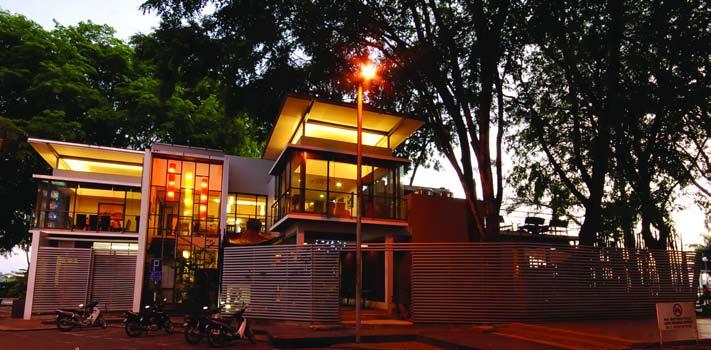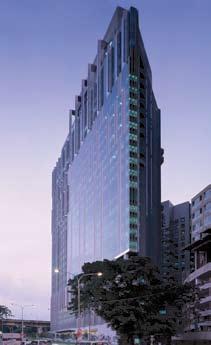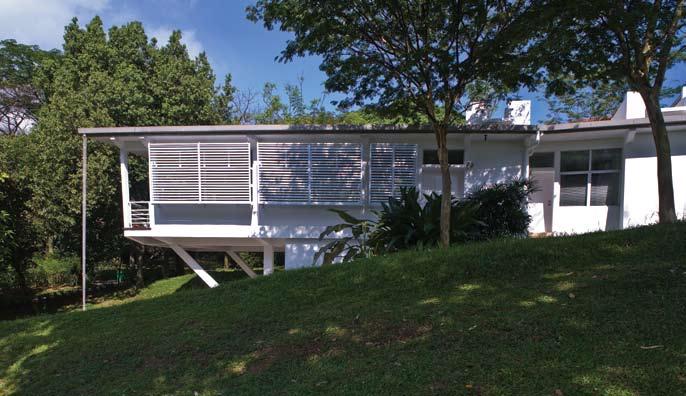
5 minute read
How can We into Malaysian Architecture? Incorporate Culture
Society is about culture. MAP demands a quality built environment must be a reflection of the place and time and people of Malaysia. This is of course simple to do but difficult to do well. To reduce culture to simple shapes and symbols can become a gross simplification of culture and can on occasions have an adverse impact on the culture itself.
This is especially so where architecture is highly visible and can be interpreted as our culture and art.
Advertisement
Incorporating culture in architecture essentially means engendering a sense of place in the design. To reflect culture and a sense of place in architecture, the architecture must nurture the following in its users: a sense of where he is
Depending on the situation and conditions, we should use any of the above strategies where appropriate for the locality.
For example, ‘Replication’ means replication of the existent architecture of the locality. This is appropriate for historically and culturally sensitive areas where the existing architectural style and construction need to be preserved.
‘ Reinterpretation ’ is for new buildings where we need to understand the underlying principles of our traditional architecture, culture and construction and to reinterpret these in a contemporary and innovative ways.
• (e.g. if the building is in Kedah, then the architecture must indicate its locality) a sense of who he is
‘Abstraction’ means abstracting the symbolic aspects of the traditional culture (e.g. the ‘tengkolok’) and utilising the symbolic aspects of this in the contemporary bultform where appropriate to the project’s programme.
• (i.e. the building must help the user be aware of who he is and not some other nationality), a sense of when he is
‘ Spirit of the Place ’ means employing the underlying spirit of the culture and traditional architecture and its community in a new contemporary way (e.g. recreating the ‘spirit of the kampong community’ in a new community).
• (i.e. the building must inform user that he is in the 21st century and not in any other century).
The above is intentionally general to permit investigatively-focused creativity but still gives an essential guide to the creation of a quality built environment appropriate to the place and time in Malaysia.
We might adopt a varied but appropriate situational approach to using our architectural heritage for contemporary architecture purposes through:
‘ n eutrality ’ means providing a design background that is neutral but enables society’s cultural activities to take place and in doing so, engenders a culturally relevant environment.
The above provides a general parameter for architectural morphologies. It should not be at the expense of further research, in particular the development of new materials and technology.
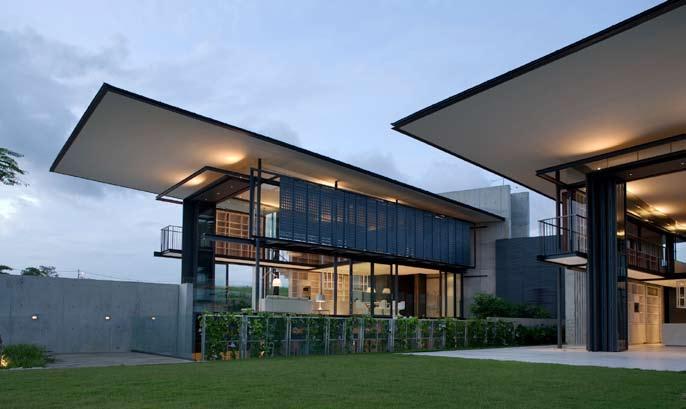
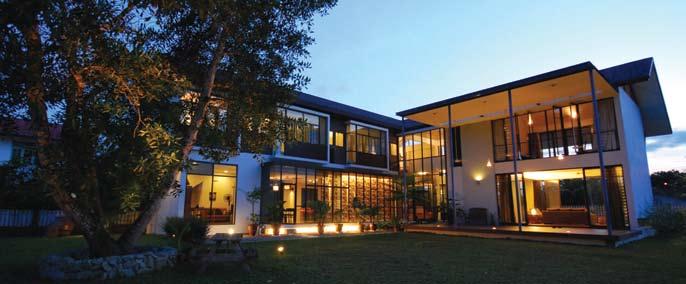
Educate the Public
How can the MAP and Raise Awareness of a Quality Built Environment?
MAP can be used to educate the public in appreciation of architecture and quality built environment in the following ways:
•
By educational programmes in primary and secondary schools
• (e.g. in the National Museum and museums nationwide)
By having a permanent and developing exhibition on architecture
• design professionals to participate in advancing architecture
•
•
•
•
By an Architectural Foundation to enable the public and non-
By a sustained programme of public awareness
By the use of the media e.g. advertisements
By international exhibitions
By publications and documentaries
• Architecture and Heritage
By having a dedicated ministerial portfolio on Malaysian
How can the MAP Impact All Those in the Design Community?
MAP can be used to encourage good architecture and quality in all those whose lives are impinged by design, such as those in:
•
•
•
•
Other Design Fields
Building Construction Industry
Building Management and Maintenance
Town Planning and Urban Design
The perception of quality in all these areas must be constantly improved and benchmarked with the best-in-the-world.
It is crucial that client bodies and builders take pride in what they build and eventually pass down this to the building users.
THE CASE FOR THE FORMULATION OF THE MALAYSIAN ARCHITECTURAL POLICY (MAP)
ISP (SHAnGHAI) lABORATORIES | Ar. Tan Hin Lin | Mention PAM Awards 2008, Category 2, Overseas Building
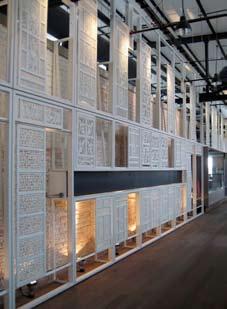
BISHOPSGATE | Chan Sau Yan Associates | Honorary Mention PAM Awards 2008, Category 2, Overseas Building
PInGGIRAn BAYOU | Y. Architects | Mention PAM Awards 2008, Category 4, Multiple Residential (Low-Rise)
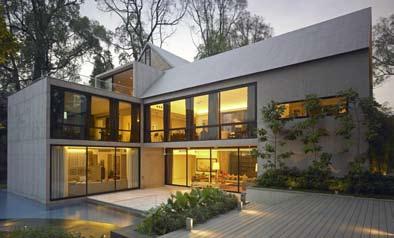
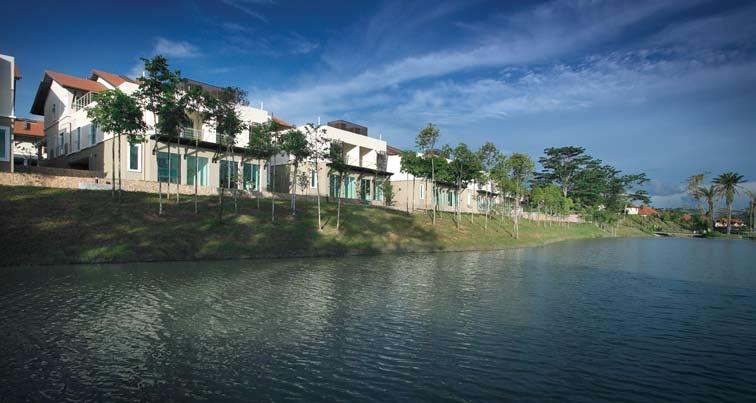
THE KATAnA RESIDEnCES | Wu En-Loong Architect | Honorary Mention PAM Awards 2008, Category 5, Multiple Residential (High-Rise)
2 HAMPSHIRE | Architects 61 Sdn Bhd | Mention PAM Awards 2008, Category 5, Multiple Residential (High-Rise)
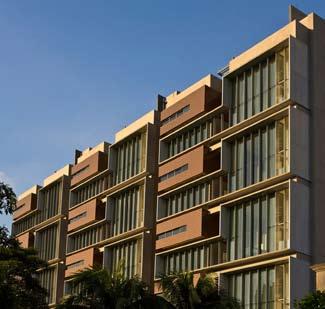
BRITISH InDIA HEADQUATERS | Wong Tung Ken | Honorary Mention PAM Awards 2008, Category 3, Special Category
©PERTUBUHAN AKITEK MALAYSIA (PAM) 2009
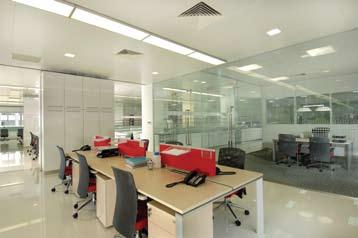
Pursuit of Innovation
How can MAP Engender the in Design, Building, Materials, Engineering, Green Design?
For a country’s architecture and quality built environment to progress there must be constant innovation. The role of the MAP must be to encourage innovation and research in:
Design
• Construction Methods
•
• Materials
• Processes
Building Environmental Engineering Systems
•
• Green Sustainable Design new Technologies In Architecture
•
How can MAP Urban and Civic Design? Advance
Architecture exists in the greater context of its urban environment and city context. The MAP in creating a quality built environment in the greater urban and city planning contexts should involve in the:
• developments in our cities
•
•
Preparation of urban design guidelines for all new large
Creation of civic spaces and public realms in our towns and cities
Creation of pedestrian-friendly cities
• planning legislations
Formulation of regional and town planning policies, building and
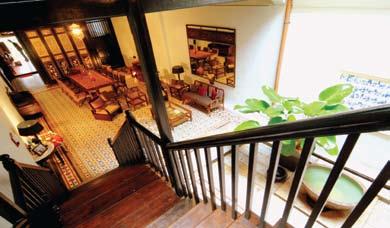
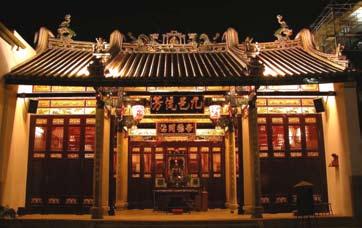
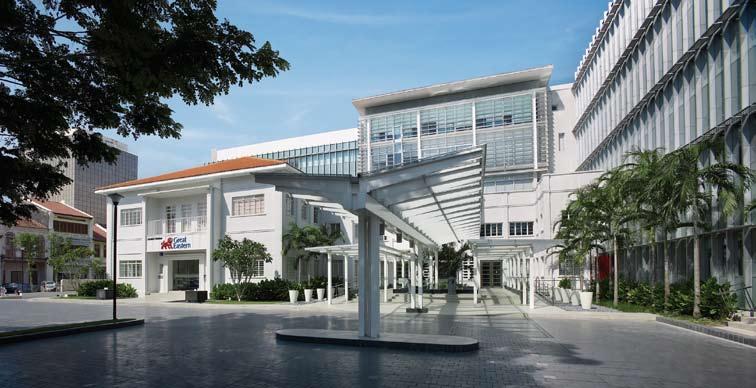
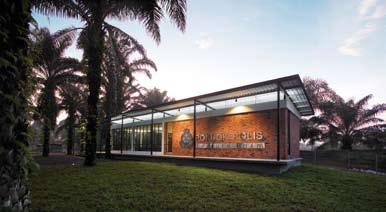
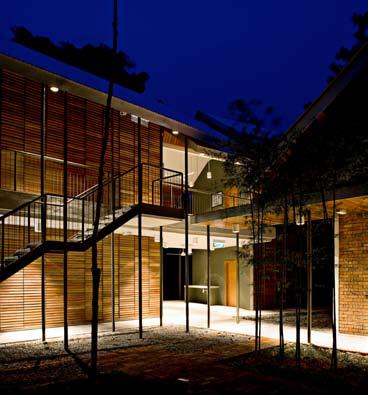
How can MAP Enhance Conservation?
MAP must also encompass the existing built environment, the architectural heritage and the natural environment It must encourage the conservation of:
•
•
•
•
The Architectural Heritage
Traditional Construction Techniques
The natural Environment
Traditional Arts and Crafts
How MAP Enables Our Architects to be Internationally Competitive
MAP seeks to make our Malaysian architects internationally competitive.
Our Malaysian architects to be internationally competitive in the likelihood of the opening up of our profession, need to develop either one or a composite of the following:
•
•
•
•
A definitive personal sense of style
A unique and durable architectural discourse
An innovative approach to design
A specialist area of expertise
These must be combined with:
•
•
•
•
•
•
A strong identity or brand
Exceptional marketing capabilities
Exceptional personal selling capabilities
A well-oiled super efficient delivery machine
A generally and financially well managed entity
An attitude for constant improvements
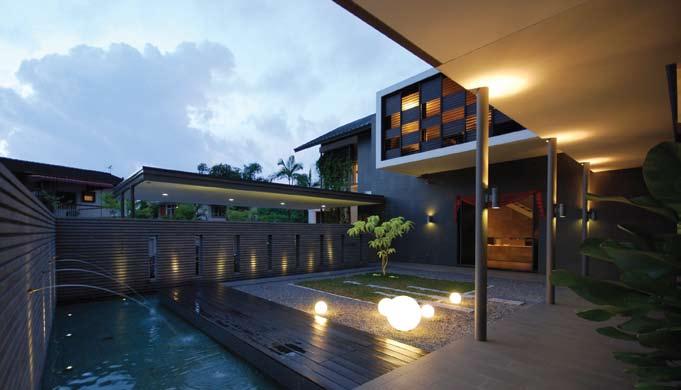
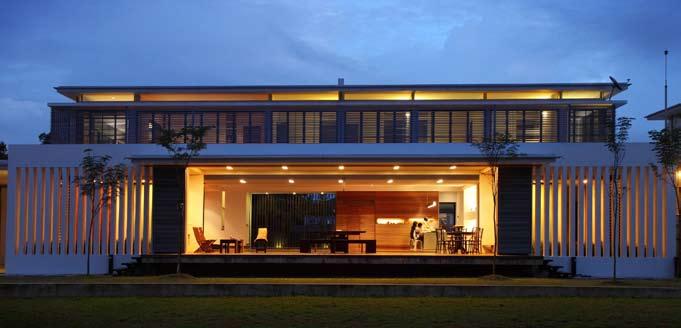
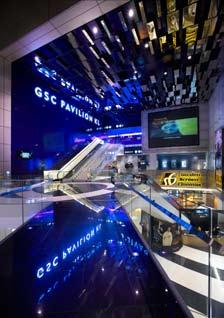
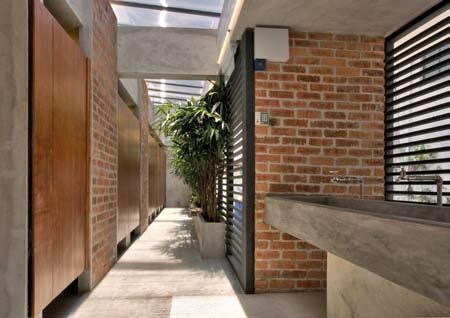
How do we Implement MAP?
For the MAP to be effectively implemented, the following are possible strategies that the Government can assist in carrying out:
•
•
•
•
Adoption by the Cabinet of Ministers
Implementation by mandatory bye-laws and legislation
Implementation by incentives (e.g. grants, tax breaks, etc.)
Implementation by education
The definition of Architect shall be as that stated in the UIA Accord on Recommended International Standards of Professionalism in Architectural Practice as follows;
Definition:
The designation “architect” is generally reserved by law or custom to a person who is professionally and academically qualified and generally registered/licensed/certified to practice architecture in the jurisdiction in which he or she practices and is responsible for advocating the fair and sustainable development, welfare, and the cultural expression of society’s habitat in terms of space, forms, and historical context.
Background:
Architects are part of the public and private sectors involved in a larger property development, building, and construction economic sector peopled by those commissioning, conserving, designing, building, furnishing, financing, regulating, and operating our built environment to meet the needs of society. Architects work in a variety of situations and organizational structures. For example, they may work on their own or as members of private or public.
(Continued on page 29)
